NPS Analytics Solution
Know your net promoter score (NPS)
NPS is the Leading and Most Popular Customer Experience (CX) Metric
- To calculate your Net Promoter Score, subtract the percentage of Detractors from the percentage of Promoters. It is that simple. Let’s understand with an example; if 50% of the respondents are Promoters and 30% are Detractors, your NPS is 50 – 30 = 20
- NPS measures the likelihood of repeat business and provides a ‘big picture’ view of customer behavior
- NPS provides inputs for direction of organization change and improvement
- NPS is a great way to track change over time
- NPS is easier to benchmark against competition
ML-driven NPS analytics solution Architecture
Customer Journey Identification will help businesses prioritize operations as per the Customer ranks and feedback provided. Here’s a Machine Learning model enabled NPS Analytics solution architecture that identifies NPS score through Sentiment & Satisfaction Analysis with an accuracy of 84%. Gramener’s Customer Analytics solution can help you identify factors for customer intimacy and curate engaging customer experiences throughout journey.
Rank your customer's journey
Identify potential NPS drivers in 4 steps
Extract And Process NPS Data
The first step of our NPS analytics process is to extract the data from the survey which broadly consists of satisfaction scores across all rating questions, and demographic data along with the open text feedback.Run NPS Analytics Model
Then we do the data cleansing to focus only on the survey questions that drive customer satisfaction.
We map the customer journey with each question of the respective business KPI.
We use methodologies such as text analytics (NLP) and sentiment analysis to get the overall impact on the Net Promoter Score across the customer journey stages.
Visualize Customer Journey
The third step is to integrate your data with visual analytics applications to capture non-obvious insights. We record the impact of satisfaction analysis by visualizing trends in the customer journey rankings. Then, we weave every insight into a story to derive decisions to improve customer satisfaction scores.Visualize NPS Score Through Gramex
Final stroke. Get out of the code-intensive data applications and reap the benefits of Gramex, a low-code development platform that rapidly connects to any data source and massively reduces time to derive insights.Our proven NPS analytics Methodology
Tokenization
Break a sentence into words to produce a structural description of an input sentence using text analysis techniques
Theme Identification
Identify relevant keywords obtained from tokenization and map into different themes
Theme Mapping
Classify the keywords under the themes and tag with comments using Active Learning Algorithm
Sentiment Analytics
Classify the sentiments into positive, negative, and neutral category to identify NPS
Impact Analysis
Use the Likelihood-to-Recommend (LTR) scores and the sentiments tagged to identify the impact of LTR
Impact Analysis
Rank the themes based on the highest to lowest degree of impact
Get actionable insights on-the-go
This Single visual puts all the Net Promoter Score analysis into perspective Greens are Great. High Impact on Satisfaction and good revenue uplift
Reds are Fatal. High impact on Satisfaction but low sentiment
Ambers are potential risks. Low on impact but are low on revenue too
Greys are irrelevant. High impact but don’t impact the revenue by much
Check out more resources on customer and NPS analysis
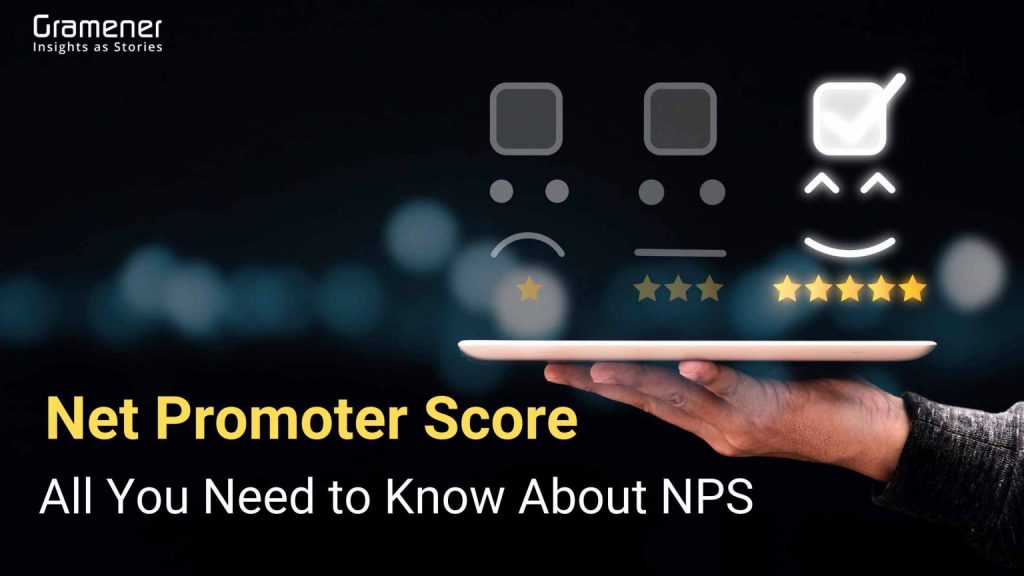
Ultimate Net Promoter Score Guide

How to Calculate Net Promoter Score (NPS)
NPS gives meaningful insights on how likely a customer will recommend your brand. Explore different methods to calculate NPS such as on MS Excel, with free web tools and extensive ML models.
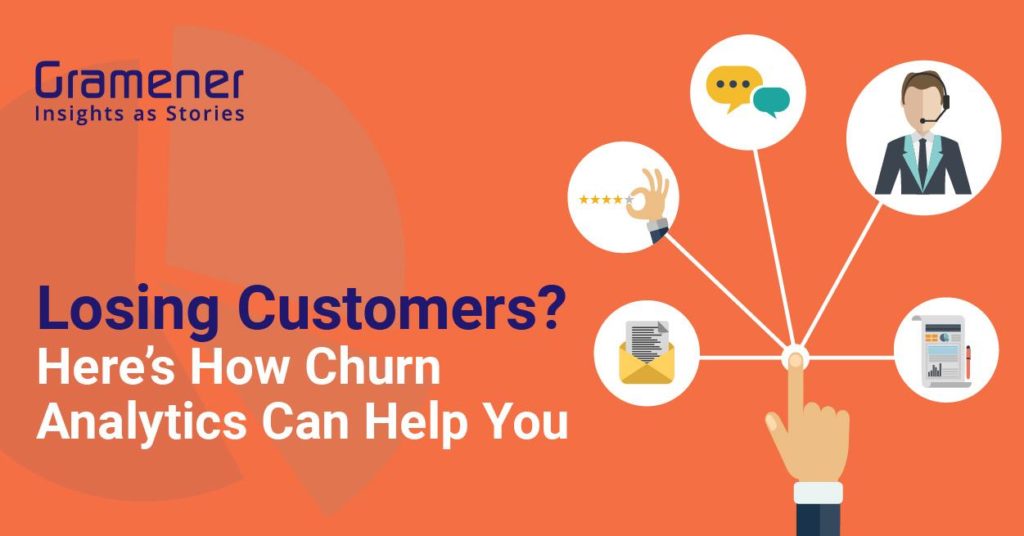
What is Churn Analysis And How to Retain Customers
In this blog, we explore the factors contributing to customer churn and how an organization can implement churn analysis to achieve an improved customer experience.
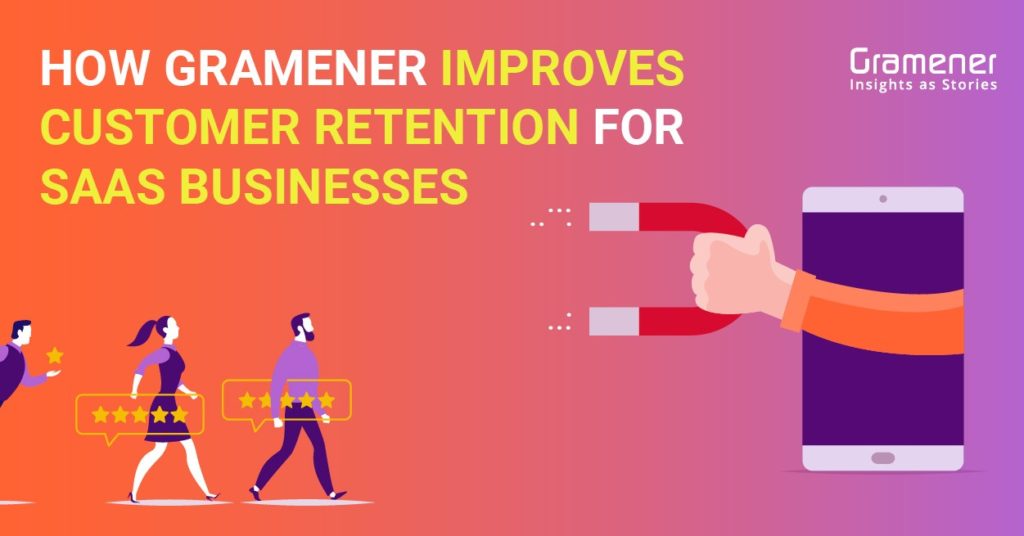
Best SaaS Customer Retention Strategies
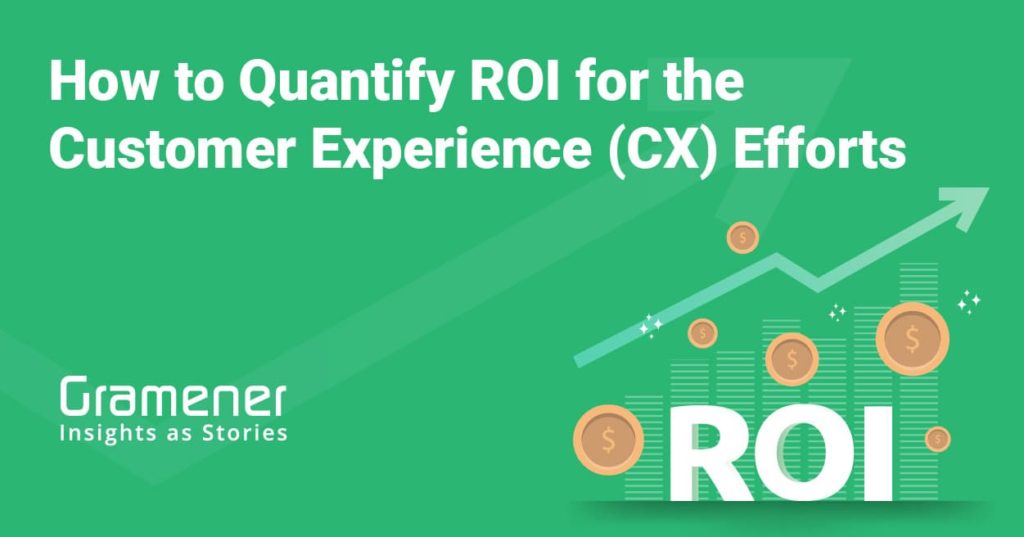
The ROI For The Customer Experience (CX) Efforts
Know how an organization can measure the ROI of its efforts for a better customer experience (CX) by using Gramener’s 6-stage model.
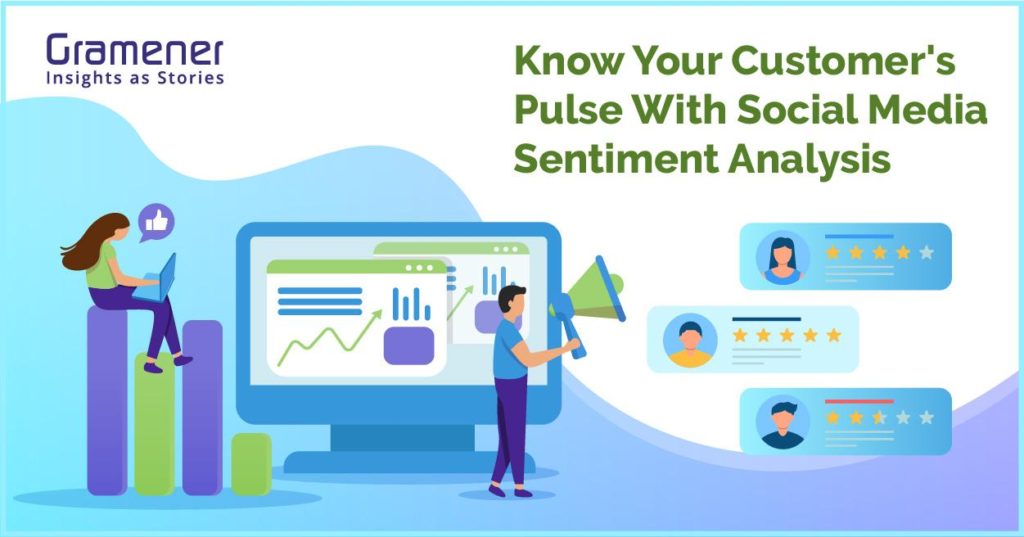
Know Your Customer's Sentiments
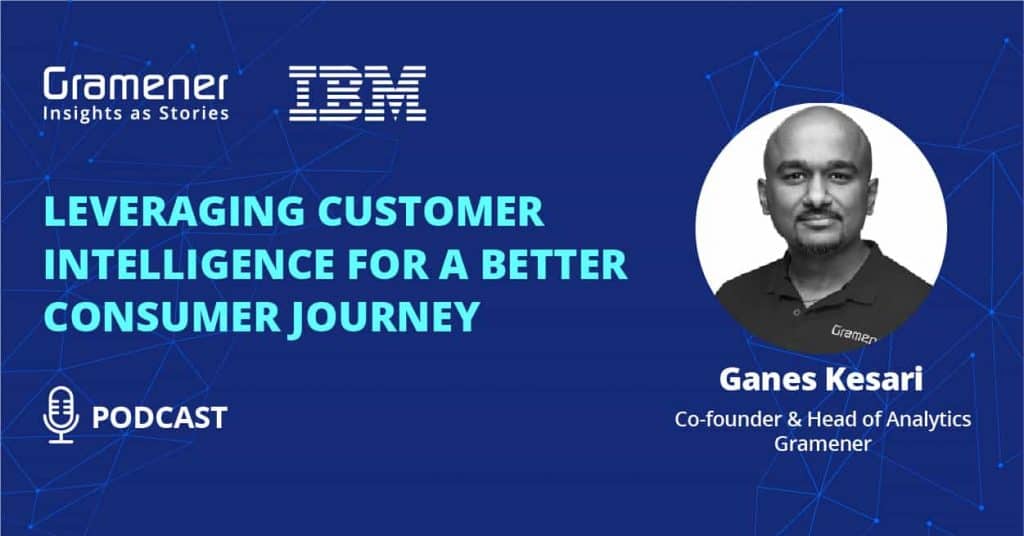
Improve Consumer Journey And Experience with Customer Intelligence
Frequently Asked questions on NPS
Schedule a Demo with us




